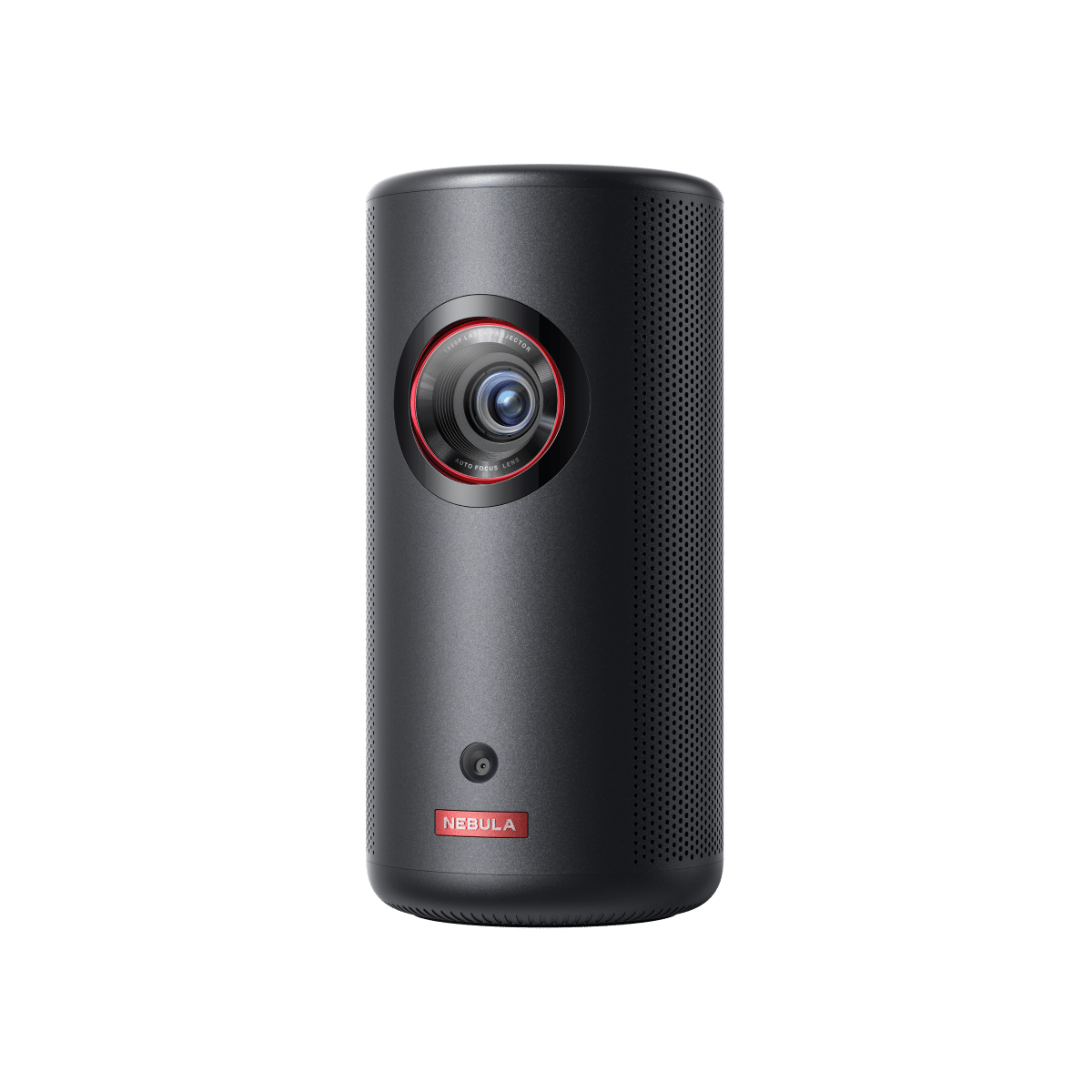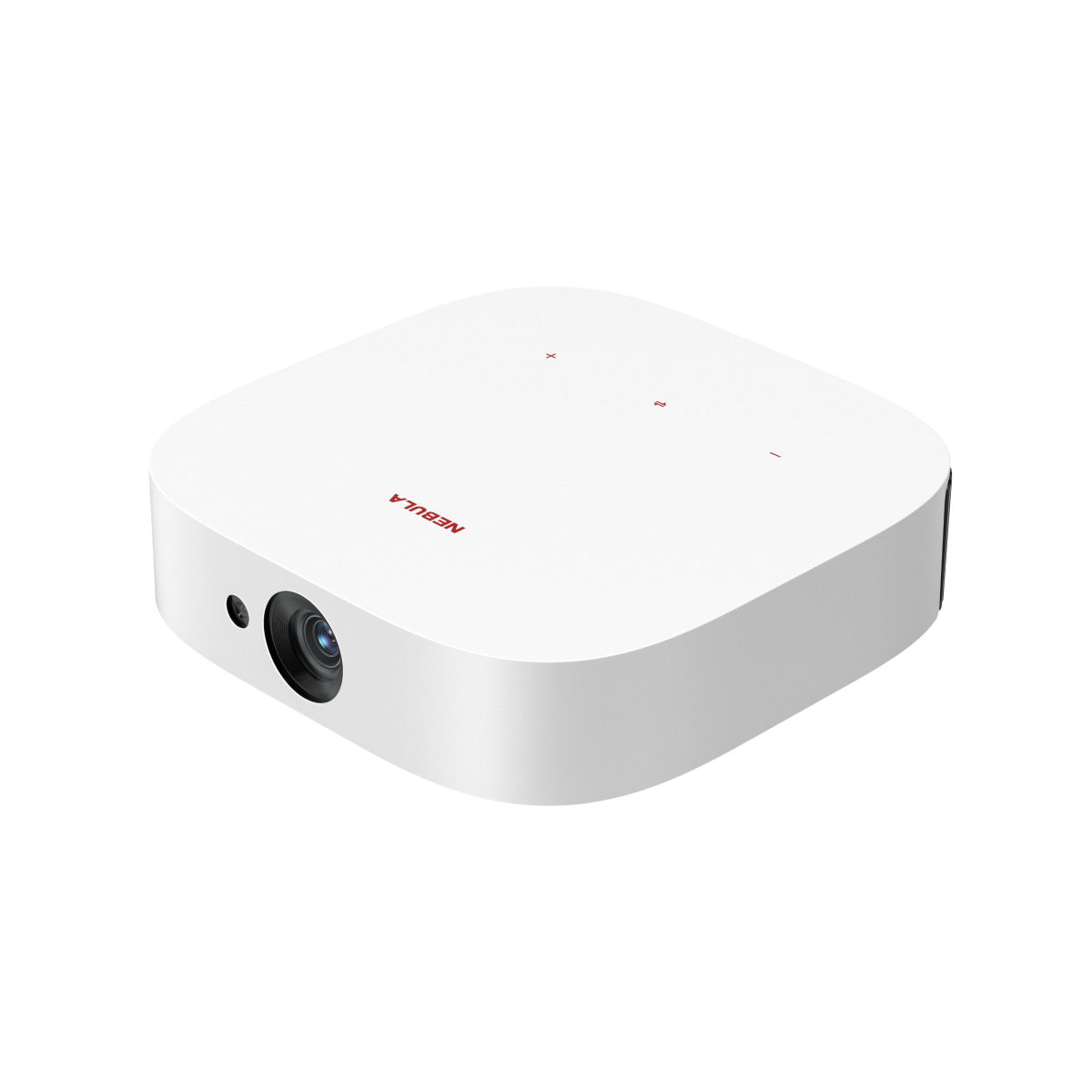
If you're a cinephile or someone who loves watching movies, you might be familiar with the importance of having the right setup for your home theater. A key component of any home theater setup is the projector screen. While you may have spent considerable time choosing the perfect projector, the type of screen you pair it with is equally critical. One essential factor to consider when selecting a projector screen is its gain. In this blog, we'll explore what is projector screen gain, discuss high gain vs low gain screens, learn how to measure screen gain, and help you make an informed decision for your home theater setup.
What Is Screen Gain?
Projector screen gain is a crucial specification that determines how the screen reflects and distributes light from the projector, significantly affecting the brightness and clarity of the projected image.
The screen gain meaning is quantified using a numerical value, and this number represents the ratio of light that the screen reflects compared to a standard reference screen with a gain of 1.0. This reference screen is typically made of materials like barium sulfate or magnesium carbonate, which are known for their high reflectivity. Screens with gains higher than 1.0 are considered high-gain screens, while those with gains lower than 1.0 are classified as low-gain screens.
High Gain Vs Low Gain: Which Should I Choose?

The choice between a high-gain and low-gain projector screen depends on several factors, including your room's lighting conditions, projector brightness, and viewing angle. Let's dive deeper into what is high gain and low gain:
High Gain Screens
High-gain screens are designed to reflect more light towards the audience, making them ideal for environments with ambient light or situations where the projector's brightness may not be sufficient. These screens are often used in commercial settings like boardrooms, sports bars, and auditoriums where controlling light is challenging.
- Advantages:
- Improved Brightness:Projector screen high gainsignificantly enhances image brightness, which is crucial in well-lit or large spaces.
- Enhanced Viewing Angle:They provide a more extensive viewing angle, allowing a larger audience to enjoy the content without experiencing a significant drop in image quality.
- Disadvantages:
- Narrower Sweet Spot:High-gain screens may have a limited "sweet spot," meaning viewers must be seated directly in front of the screen to experience the best image quality.
- Reduced Color Fidelity:Some high-gain screens can compromise color accuracy and viewing angles, leading to color shifting when viewed from different positions.
Low Gain Screens
Low-gain screens have a gain value below 1.0, which means they reflect less light than the reference screen. They are an excellent choice for dedicated home theaters with controlled lighting conditions and high-quality projectors.
- Advantages:
- Wide Viewing Angle:Low gain screens provide a wider and more consistent viewing angle, ensuring everyone in the room enjoys the same image quality.
- Color Accuracy:They maintain better color accuracy and contrast, resulting in more vivid and true-to-life images.
- Disadvantages:
- Reduced Brightness:In well-lit environments, low-gain screens may appear dimmer, especially if the projector's brightness is not high enough.
- Limited Ambient Light Tolerance:These screens are less suitable for rooms with significant ambient light, as they don't reflect as much light back to the viewer.
Ultimately, the choice between high-gain and low-gain screens depends on your specific needs and the viewing environment. There is no precise answer to the best gain for a projector, it's crucial to consider factors such as room lighting, projector capabilities, and seating arrangements when making your decision.
How to Measure Screen Gain?
Now that you understand the significance of screen gain and the differences between high-gain and low-gain screens, let's explore how screen gain is measured:
Required Tools:
- Light Meter: To measure reflected light, a critical element for gain assessment.
- Movie Projector: Necessary for projecting an image onto the screen.
- Test Pattern: An image designed for gain measurement, often featuring specific patterns.
- Tape Measure: Essential for determining the distance between the projector and the screen, aiding in image size calculations.
- Calculator: Useful for performing gain calculations using light meter readings and other measurements.
- Pen and Paper: Helpful for documenting measurements and calculations.
Steps for Measuring Gain:
- Setup: Position the projector and screen, ensuring proper alignment and screen leveling.
- Test Pattern Display: Project a test pattern on the screen, often through an external device.
- Distance Measurement: Use a tape measure to calculate the distance between the projector and the screen.
- Light Measurement: Employ a light meter to take measurements of reflected light at various screen points.
- Gain Calculation: Calculate the screen's gain by dividing the reflected light by a standard reference screen's reflected light (typically with a gain of 1.0).
- Record Data: Maintain detailed records of measurements and gain calculations for future reference.
- Repeat as Needed: If required, repeat the measurement process under different conditions or with various screens for precise results.
Measuring gain is a technical process, and if you're uncertain about any of the steps, it's advisable to seek guidance from a professional with expertise in projection technology. However, for most consumers, it's more practical to rely on the manufacturer's specifications and user reviews to get an idea of a screen's gain.
Conclusion
All in all, screen gain can be a complex and tricky subject to understand. Hopefully, after reading this article, you have a better understanding of what is projector screen gain and how it affects image quality. The right choice comes down to your personal needs and preferences.
FAQ
What Is Screen Peak Meaning?
The screen peak, often referred to as "peak gain," is a critical characteristic of a projector screen. It signifies the maximum level of brightness that the screen can reflect, usually at the center of the screen when viewed perpendicularly. This point on the screen reflects light most efficiently, resulting in the highest image brightness. Screen peak is particularly important when assessing the screen's performance under ideal conditions and helps determine the screen's suitability for various applications.
Does the Size of the Projector Screen Affect Gain?
Yes, the size of the projector screen can indirectly influence its gain. A larger screen may require a brighter projector to maintain adequate image brightness and quality, especially when using a low-gain screen. This is because the larger screen surface disperses the projector's light over a broader area, making the image appear dimmer. Conversely, a smaller screen may appear brighter with the same projector and gain. Therefore, it's essential to consider both screen size and projector capabilities to ensure an optimal viewing experience.
What Is the Ideal Gain for a Home Theater?
The ideal gain for a home theater screen depends on various factors, including your room's lighting conditions, the projector's brightness, and your seating arrangement. There isn't a one-size-fits-all answer, but here are some general guidelines:
- Low-Gain Screens (0.8-1.0): Ideal for dedicated home theaters with controlled lighting and high-quality projectors. They offer better color accuracy and a wider viewing angle.
- Moderate-Gain Screens (1.0-1.3): Suitable for rooms with moderate ambient light or multi-purpose media rooms. They strike a balance between brightness and viewing angle.
- High-Gain Screens (1.3+): Beneficial in rooms with significant ambient light or limited projector brightness. They enhance image brightness but may have a narrower viewing angle.
Selecting the right gain depends on your unique needs and the specific characteristics of your viewing environment.

















